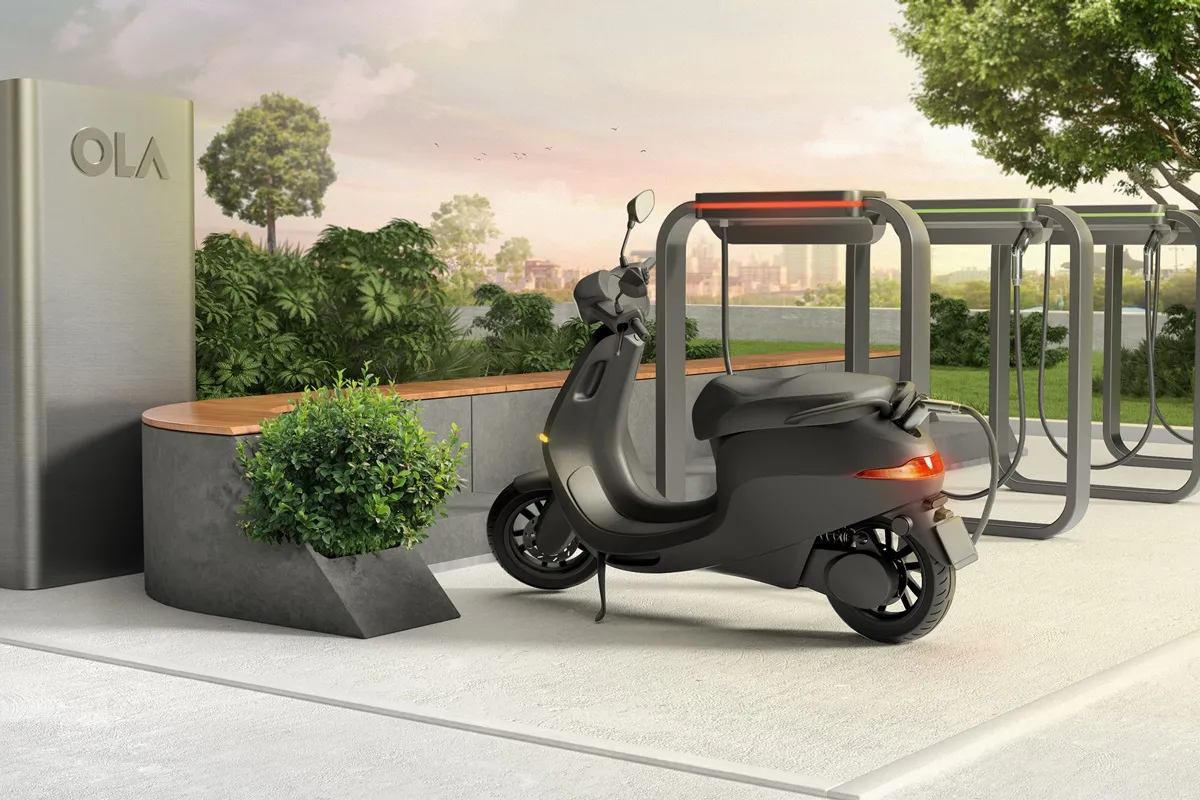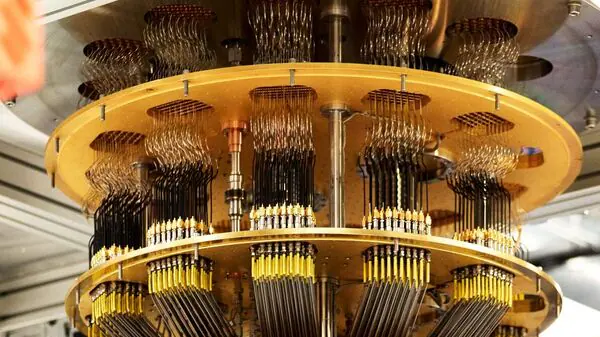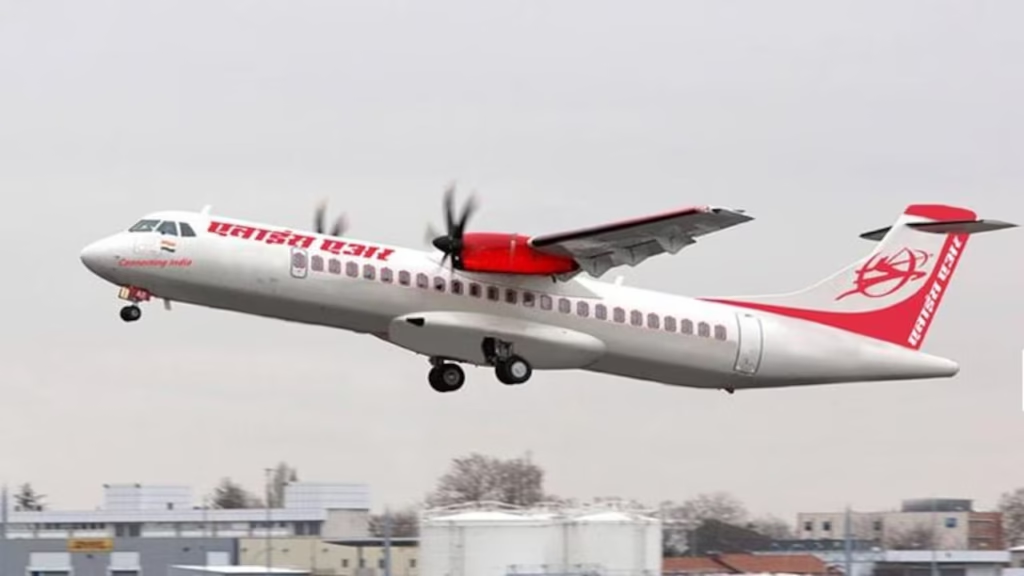Now Reading: EV Startups Shift Focus to Smaller Cities: Ola Electric to Expand Charging Infra in Tier-2 Zones
-
01
EV Startups Shift Focus to Smaller Cities: Ola Electric to Expand Charging Infra in Tier-2 Zones
EV Startups Shift Focus to Smaller Cities: Ola Electric to Expand Charging Infra in Tier-2 Zones

India’s electric vehicle (EV) sector is entering a new phase, with startups shifting their focus from metros to Tier-2 and Tier-3 cities. Ola Electric, one of the country’s largest EV manufacturers, has announced plans to expand its charging infrastructure in smaller urban centres. The move highlights a growing realisation: the next wave of EV adoption may come from beyond the big cities.
Moving Beyond the Metros
For years, electric vehicle adoption in India has been centred around metropolitan regions with better infrastructure and early adopters. However, the industry is now setting its sights on Tier-2 cities such as Jaipur, Nagpur, Indore, Lucknow, and Coimbatore.
Ola Electric, in particular, aims to set up over 1,000 fast-charging points in non-metro zones over the next year. The company believes smaller cities offer untapped demand and fewer infrastructural bottlenecks than previously assumed.
Why Tier-2 Cities Matter for EV Growth
Smaller cities are witnessing a steady rise in EV sales, especially two-wheelers. Factors like shorter daily commutes, lower operating costs, and increasing fuel prices have made EVs a practical choice for residents in Tier-2 and Tier-3 towns.
Moreover, state-level subsidies, increasing awareness, and better financing options are accelerating the shift. Many residents now see EVs not just as eco-friendly alternatives, but as financially viable ones.
Ola Electric’s Strategic Expansion
Ola’s charging expansion plan focuses on setting up key stations along inter-city routes and within city centres. The company is also engaging with local municipal bodies and DISCOMs to secure permissions and ensure uninterrupted power supply.
In addition to public stations, Ola is also working on home charging kits and community-based charging hubs in apartment complexes and commercial markets.
Challenges on the Ground
Despite growing interest, certain challenges remain. Grid reliability, land availability, and consumer hesitation due to “range anxiety” are still concerns in Tier-2 regions. Ola and other EV players are looking to address these with better network mapping, app-based charging locators, and public education campaigns.
Additionally, training local technicians and service partners is crucial for maintaining EVs in areas with limited automotive infrastructure.
Industry Trend: Decentralised EV Push
Ola Electric’s shift is part of a broader trend where EV startups and component makers are decentralising operations. Battery swapping networks, micro-mobility services, and electric cargo solutions are also seeing increased traction in smaller cities.
This decentralised push could help democratise EV access and ensure that the green transition includes Bharat—not just India’s urban elite.
Conclusion
As India races toward its e-mobility goals, the focus on Tier-2 cities could become the game-changer the sector needs. Ola Electric’s move to expand its charging infrastructure in these regions reflects a larger shift in strategy: building for the many, not just the few. With rising demand, improving infrastructure, and supportive policies, smaller cities may well become the new epicentres of India’s electric revolution.

























